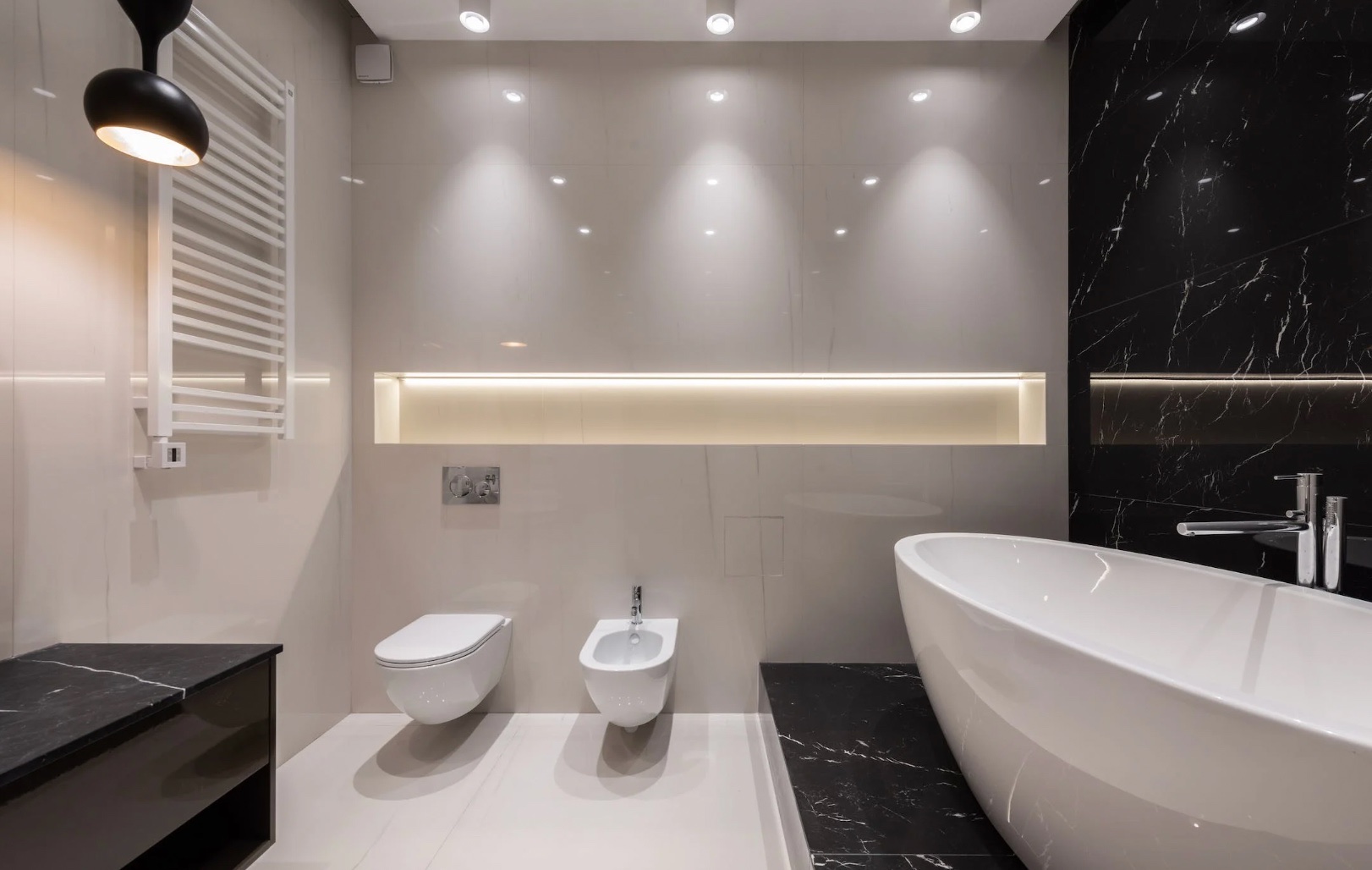
18 Jan Pivotal Tips and Ideas On Finding a Water Leak Inside a Wall
You may be surprised at how high your water bills seem to be, despite your regular water usage.
Water leaks from walls
Check for water damage in walls.
- Wallpaper stained or damp
- Wallpaper and paint can be removed from walls
- Stain and warped walls
- Water staining may cause cracks, buckles, or tears in your ceiling and floor.
- Water drops or pools around ceilings and walls.
- Musty odor
Mold can be found where water is not normally accumulated.
This can cause wet spots and paint peeling as well as respiratory problems such frequent sneezing and runny nose.
It’s crucial to act immediately on a mold problem before it spreads, or internal plumbing problems get worse.
How do you find water leaks inside walls
There are obvious signs such as paint bubbling or water damage on walls.
Use your water meter
Double-checking the water meter can help you identify hidden water leaks. Here’s how to inspect it.
- Take a look at your water meters to note the number. This is how much water your household uses per gallon.
- Turn off all water-using appliances, such as sprinklers and dishwashers, washing machines and washing machines, as well as toilets and showers.
- To ensure accuracy, you should not allow your water to run for more than three hours. Check that your toilets and faucets are working properly.
- Next, inspect the water meter again. If it has increased, you may have water loss.
Purchase a Moisture Meter
A moisture meter can be used to locate water leakages in walls. Normal readings for concrete, plaster and other components are less than one percent.
There are two types of pin-type moisture tests: one for smaller areas and the other for larger areas.
This tool can be difficult to use and may take time. Professionals have both pin-type and non-pinless tools to quickly locate moisture pockets in large areas and determine their depth.
A great option is an Infrared Camera
It is possible to miss obvious signs such as paint bubbling or water damage. An infrared camera can quickly locate a leaking pipe in your wall. This tool is technically not able to tell you the location of your wall. The tool can detect heat and display it using different colors. This camera can detect water leakage behind walls. The camera displays purple and blue to indicate where the water is most swollen.
Cut Into Your Drywall
These options do not require you to remove your wall. This will allow you to see behind your walls. Don’t make a mistake.
Water Leakage in Walls: Causes
Once you’ve found signs of water damage to walls, it’s important to locate the source.
Interior Plumbing Problems
A slight increase in water meters readings could indicate that your plumbing is faulty. Leaks may occur when pipes wear or the joints between them weaken. These situations require immediate attention, particularly if a pipe is leaking through the ceiling.
Failures in Exterior Material
If you aren’t sure if the problem is in your home, consider going outside to inspect the exterior materials. Their grade will be determined by their relative position to the ground.
- Blockages in gutters or downspouts, poor caulking and deteriorating flashing could all be exterior problems. It is important to immediately repair any leaks.
- Below-grade issues can be caused by broken sprinkler pipes, poor drainage, or French drains.
Say Goodbye To Leaks
Paint bubbling and water spots on walls are signs of potential damage. Wall leaks that aren’t attended to can cause serious water damage and havoc inside your home.
While you can find the leak source by yourself, hiring professionals will save you time and money. We will evaluate the situation and provide the best possible solutions. The damaged or defective parts must either be replaced or repaired to prevent further damage.

